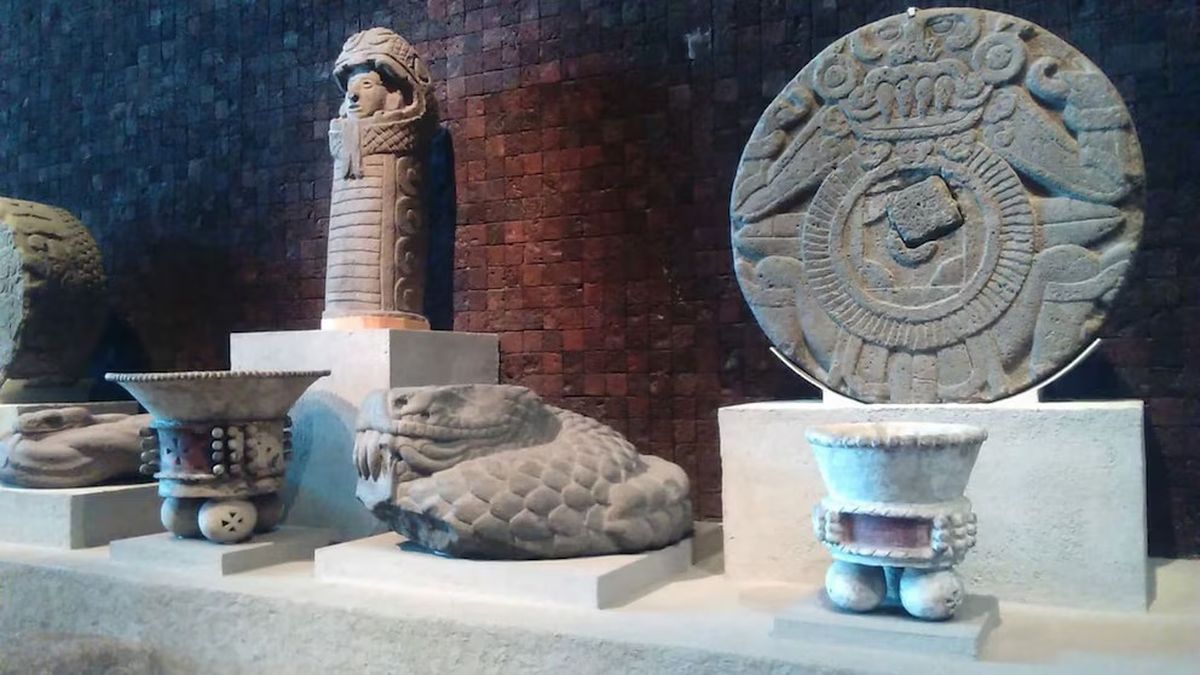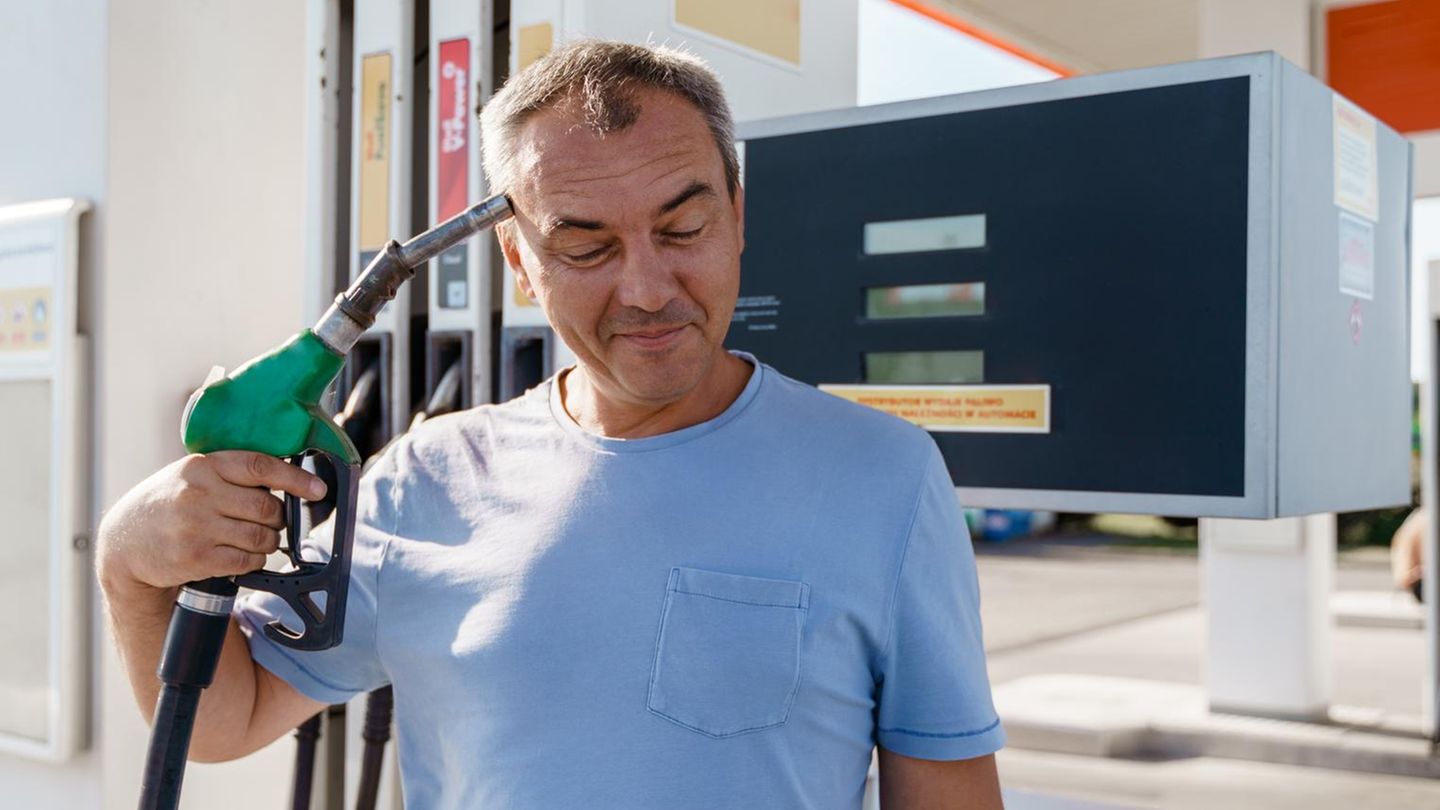The robbery of National Museum of Anthropology and History in Mexico City was one of the most important that occurred in the country. Beyond their economic value, the stolen pieces had a great historical value. The theft occurred on December 25, 1985: the thieves decided to take advantage of the celebrations to take the time to steal more than 100 pieces.
This theft caused a great deployment both nationally and internationallyhaving to carry out large-scale protocols. After two years, the culprits could be arrested, but some pieces They were never recovered.
National Museum of Anthropology and History.jpg
How was the robbery at the National Museum of Anthropology of Mexico?
Two veterinary students, Carlos Perches Treviño and Ramón Sardina García, had been inspecting, through several visits, the National Museum of Anthropology and History in Mexico in Mexico City. During their tours they managed to detect the most valuable pieces.
On December 25, 1985, taking advantage of Christmas night, the students decided enter the place through the air conditioning ducts and carry out the robbery. In three hours they managed to take more than one hundred archaeological pieces. Only one, a vase-shaped obsidian monkey, had an estimated value of USD 20 million.
The museum did not have alarms and the eight police officers who had to make rounds through all the rooms every two hours did not notice since They were celebrating Christmas in one of the areas.
The pieces had a size easy to exportso the authorities of Mexico, the United States and Europe issued a series of alerts. A whole persecution of private collectors broke out in the port of Acapulco, the states of Quintana Roo, Yucatán, Michoacán and the border with the United States, but the reality was that the students had taken the pieces to the home of one of them and kept them. in a canvas suitcase left in a closet.
The months passed, and with the celebration of the 1986 World Cup in Mexico, The museum robbery was almost forgotten.
mexico robbery

Robbery at the National Museum of Anthropology of Mexico: the drug trafficker
A few months later, Carlos traveled to the port of Acapulco to meet Jose Serranoa drug trafficker, and his girlfriend, “Princess Yamal”, a dancer known in the cabaret scene.
The young man confessed to the drug dealer who had been one of the authors of this great robbery. Being addicted to cocaine, he decided start working with him in selling drugsso he stayed in Acapulco for two years.
Serrano introduced him to another drug trafficker named Salvador Gutiérrez, “El Cabo”, who would have offered them help to sell the archaeological pieces. The estimated value was around USD 1 billion, which represented a lucrative business for all three.
But before anything could be done, “El Cabo” was detained in the city of Guadalajara, and in order to escape from detention offered information about the case.
WhatsApp Image 2024-10-29 at 17.18.13.jpeg

Robbery at the National Museum of Anthropology of Mexico: what happened to the lives of Carlos Perches and Ramón Sardina?
After the confessions of “El Cabo”, The police were able to find the whereabouts of Serrano and Percheswhom the police were following for several weeks.
Perches had returned to Mexico City, but in his wake he had left traces of his participation in the robbery: he bought cocaine from Serrano with two of the stolen pieces, while he had paid his accomplice with seven objects.
Finally, on June 10, 1989, he was arrested along with six other accomplices: his brother Luis, “Princess Yamal”, an American named Gari Nathan Clevenger and an Argentine named Cristina Gloria González.
Both Carlos and his brother were accused of being allegedly responsible for the robbery and crimes against health; to the star for concealment and crimes against health as well as the American. The rest were charged only with concealment.
Serrano died in a shootout with the police and the government of Mexico could only recover 111 of the stolen pieces.
Source: Ambito
I am an author and journalist who has worked in the entertainment industry for over a decade. I currently work as a news editor at a major news website, and my focus is on covering the latest trends in entertainment. I also write occasional pieces for other outlets, and have authored two books about the entertainment industry.




